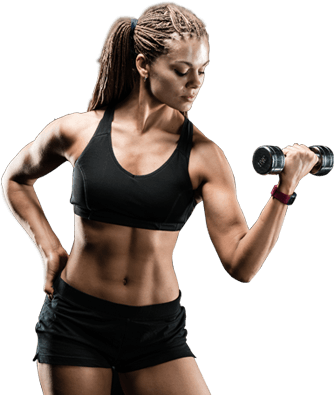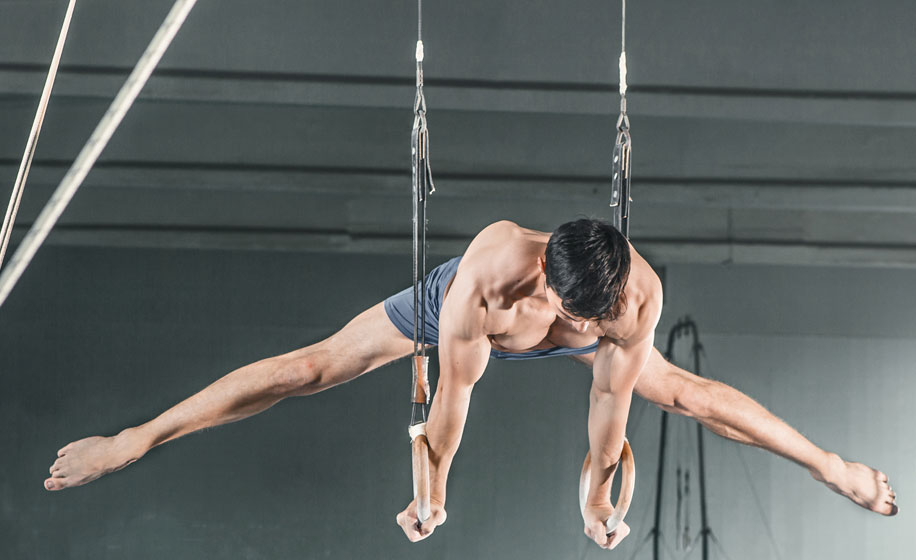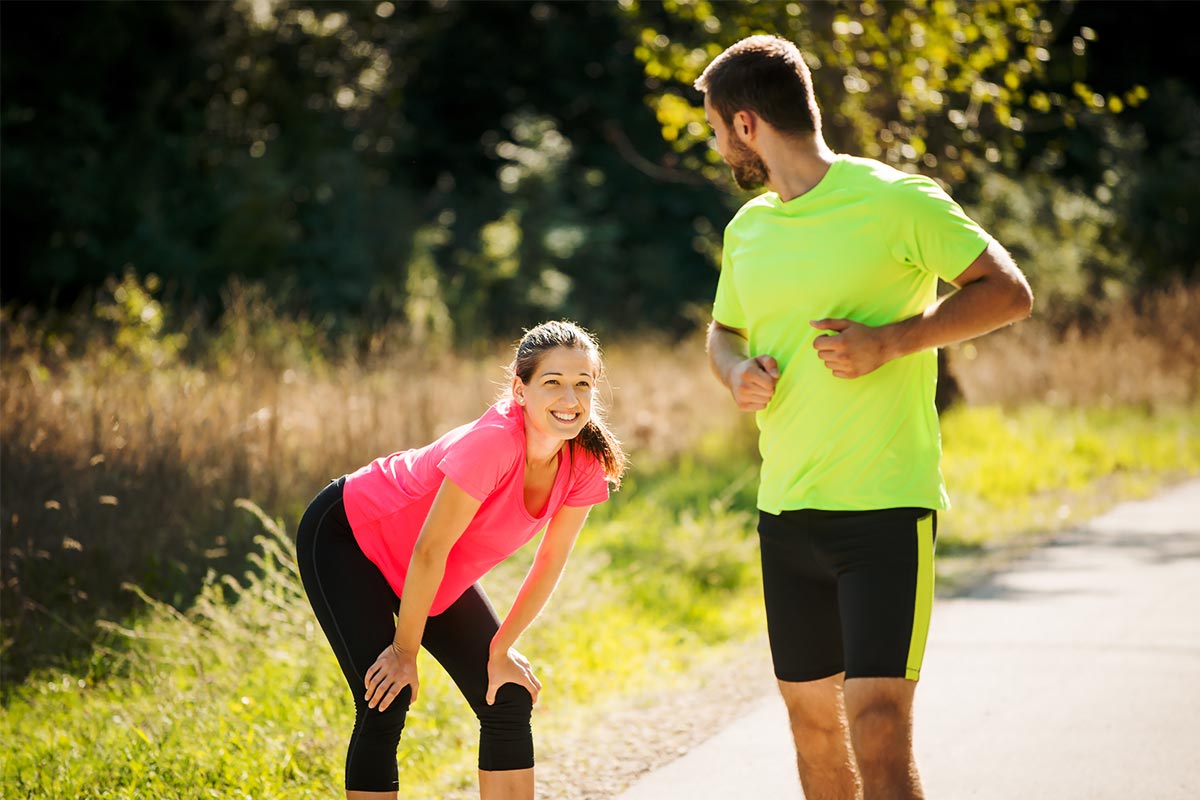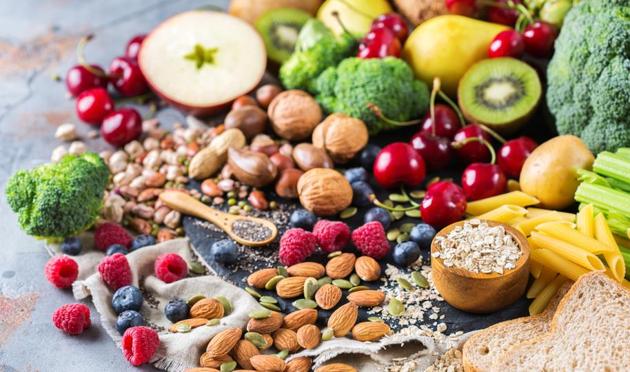Our Blog

Best exercises for athletes

Athletes are different from other human professionals. This is because athletes compulsorily need to be fit and follow at least some fitness programs to remain healthy. Thus, exercises are a must for athletes and they may include either aerobic or anaerobic or a combination of both. However, the athletes are not a monolithic lot, as athletes have different needs and have different bodily parameters. Exercises, however, have the same objective of achieving speed, agility, power, and energy.
Squats
Athletes require body exercises. The athletes need to have power, especially in the upper built body and legs. There are types of squats which include core muscles and lower back. The most common squats include goblet squats, jump squats, Bulgarian split squats, air squats, and back squats. The abdominals, glutes, and thigh muscles are the main focus of squats.
Bench press
Athletes need to focus on the bench press to improve their triceps, abs, shoulders, chest, etc. to regenerate stability and power. In the context of athletes, the bench press is often compulsory because it offers the mainstay of their training. Both barbells and dumbbells are used in a bench press.
Power clean
Many athletic programs use spinal erectors, quads, hamstrings, calves, glutes, and deltoids. This power clean is going to help in stabilizing spinal movement. Power clean is vital for an athlete to do one exercise. This will probably help in achieving athletic build.
Core training
Core training includes buttocks, spines, and abdominals. This form of training helps in preventing injuries and strengthens the entire body. There are different postures of core training that include ab wheel rollouts, dead bugs, planks, and bird dogs. Athletes can improve their performance considerably by reducing the possibility of injuries.
Burpee
Burpee is undoubtedly one of the most difficult exercises but is beneficial for athletes. It starts in a standing position with buttock and wideness apart. The hands touch the ground where the hands and arms are at one’s sides. A plank position is necessary to crouch down with the hands touching the ground. During a straight body jump, one can jump upwards.
Sprints
Athletes need to have low-fat content and sprints help in achieving an appropriate physique with low body fat. While doing sprints, fat can be burnt two longer after exercise completion. Athletes may reap the benefits of doing this exercise even on treadmills.
Pull-ups
The exercise is mainly done to improve pulling movements. The nice V-shape is often preferred by athletes commonly. Most do these pull-ups to get a nice V-shape within a few weeks.
One-Arm Rope Cable Row
In a one-arm rope cable row, one has to stand to face a cable stack with a rope attachment. One has to pull ropes hard and is aimed at the midsection. The best thing about this exercise is that one can perfect movement for the athletes. Postural stability, grip power, and single limb movement are helpful in one-arm rope. This form of exercise ordinarily needs 3 steps and 8 to 10 repetitions.
Sled Push
Athletes often suffer from lactic acid build-up. These sled pushes can help in reducing this build-up. This exercise is designed to improve speed, power development, acceleration mechanics, and overall conditioning. Sled push should be done rapidly for driving legs repeatedly. Most people do athletes to do 40-yard sled pushes which help perform sprints.
Medicine ball toss
The exercise is performed outdoors and the flight of the ball will not be stuck when the ball lands. Low body power exercise is necessary for this medicine ball toss and this helps hips, knees, and ankles all over. Athletes doing such exercises can improve their buttocks, ankles, and knees.
Deadlifts
The posterior muscle mainly includes spinal erectors, traps, hamstrings, feet, and even cervical extensions. The foremost advantage of doing this exercise is that it gives athletes both flexibility and stability.
Planks
Athletes need to strengthen abdominal muscles such that they can run long distances without getting fatigued. Perfect plank can be done by keeping the spinal cord straight and neutral. The neck also has to be neutral to ensure that one is looking downwards. The body form needs to have a perfect line from head to toe. Ab muscles need to be pulled back towards the spine instead of allowed to push towards the ground.
Balance exercises
Athletes benefit the most if they can maintain their physical balances properly. The most popular balance exercises include lower-body power training exercises. However, one should be careful because the number of repetitions during the exercises requires both professional supervision and assistance. The balance exercise for seniors is aimed to improve both coordination and balance such it can prevent falls and injuries. The common exercises include rock the boat, tightrope walk, flamingo stand, bean bag balance, heel-toe walking, and musical statues. There are balances in which elbows can be planked on a stability ball.
Reasons why athletes should do training
Training helps in building athletic endurance such that they can compete in longer events without getting tired. Training is necessary because it helps athletes to withstand fatigue for a longer time. It is an obvious fact that athletes who lose endurance often end up as repeated losers. Training helps in mentally preparing for games. Self-esteem among athletes can improve considerably because of training. Athletes need to be physically strong and only exercise is the way to increase their physical power. Training can help athletes to retain power and improve concentration for all the matches and games. Athletes are likely to get injuries if their training is not effective. Thus, highly intensive exercises are often recommended for these athletes.
In the context of balance exercises, the benefits are special. Athletes need to be upright while conducting daily physical activities like walking on stairs, lifting heavy things, and changing directions. The fitness levels of athletes can be helpful to prevent the risk of injury and falls. One has to understand that there is two types of balance exercises i.e., dynamic and static balance. Dynamic balance includes the balance in movement like a single leg deadlift. Static balance refers to maintaining steady balance even with one leg.







